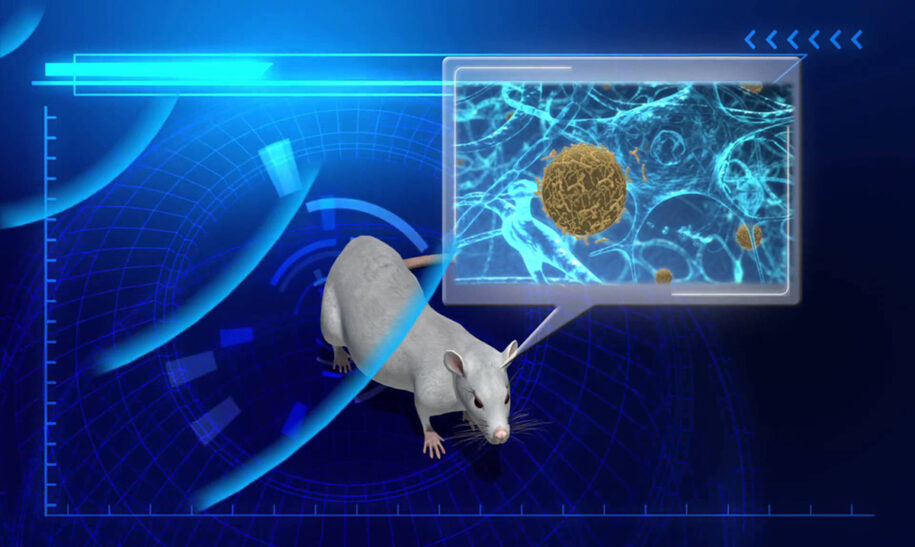Scientific Breakthrough: Alzheimer’s Ultrasound Therapy Fully Restores Memory Function in Mice
Wouldn’t it be amazing if there were a way to restore memory function in people with Alzheimer’s? We may be well on our way to doing just that!
Scientists in Brisbane, Australia have discovered a non-invasive ultrasound technology that fully restores memory function in 75 percent of animals with Alzheimer’s. Alzheimer’s is the most common form of dementia and in case you weren’t aware dementia affects around fifty million people across the globe. One in eight elderly Americans have Alzheimer’s.
Alzheimer’s is a progressive brain disease that happens when abnormal protein deposits accumulate in the brain causing cells to die. This is a terrible thing for both the patient and their family members to go through. Any possible way to reverse or slow the process is needed without a doubt. Treatment for this has been limited, to say the least for quite some time.
These researchers believe the technology they have found could change the lives of everyone who has Alzheimer’s. During the course of their study, they dealt with mice that had been genetically altered to produce amyloid plaques in their brains. They then treated these mice with focused beams of ultrasound and discovered they were able to completely clear the plaque in seventy-five percent of these mice with no brain tissue damage.
“using a particular type of ultrasound called a focused therapeutic ultrasound, which non-invasive beams sound waves into the brain tissue. By oscillating super-fast, these sound waves are able to gently open up the blood-brain barrier, which is a layer that protects the brain against bacteria and stimulate the brain’s microglial cells to activate. Microglial cells are basically waste-removal cells, so they’re able to clear out the toxic beta-amyloid clumps that are responsible for the worst symptoms of Alzheimer’s.”
The research team hopes to begin human trials sometime this year. Hopefully, these findings will provide some great results in the lives of those dealing with Alzheimer’s. What do you think about this?


